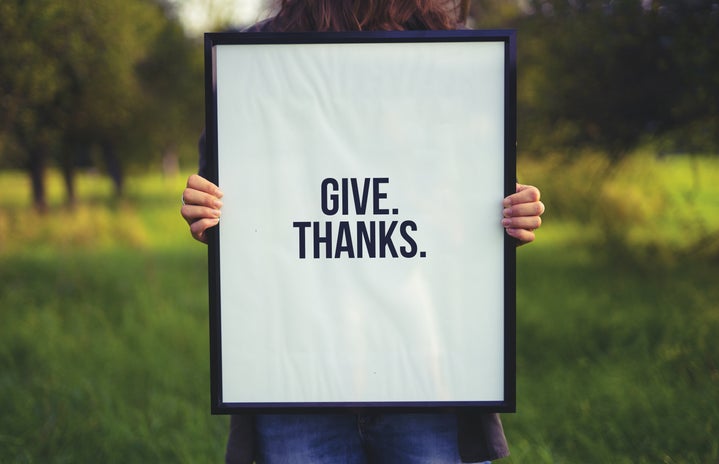Now that Halloween had come and gone, it is time for Thanksgiving. Thanksgiving has a clear meaning behind it, as its meaning is literally in its name. We all get together with our families, say something we’re thankful for, eat as much turkey and stuffing as we want, and maybe watch some football. Why is it a national holiday, though? How Thanksgiving came to be a national holiday for the U.S. is quite interesting.
A large feast took place in 1621 after the first successful corn harvest for the Pilgrims. Governor William Bradford invited the Wampanoag tribe to join the three-day festivities as a way to thank the Native Americans for help with their crops and create a peace treaty between the two groups. This is what Americans today see as the first Thanksgiving. Another celebration occurred in 1623 after a long drought, where Governor Bradford made the practice annual. In 1789, George Washington made the first official Thanksgiving proclamation to have the former colony take time to be thankful for their new independence and the end of the war.
While Thanksgiving didn’t technically become a national holiday till 1863, some presidents and states, such as New York, came to adopt a day of thanks on different days of the year. Sara Josepha Hale, author, and editor began a campaign in 1827 to push Thanksgiving to become a national holiday after reading several books on the history of the Pilgrims and their peaceful feasts with the Native Americans. Thirty-six years of writing editorials, sending out letters to governors, senators, etc. ensued until Abraham Lincoln made the final Thursday in November Thanksgiving during the peak of the Civil War. Lincoln did this for the split nation to take time to give thanks to the “Father who dwelleth in the heavens” and ask for “His tender care all those who have become widows, orphans…and fervently implore the interposition of the Almighty hand to heal the wounds of the nation and restore it” (Thanksgiving Proclamation, 1863). This tradition continued till 1939 when Franklin D. Roosevelt pushed the holiday up to the second week of November, gaining the name Franksgiving. FDR did this in hopes of growing retail in the Great Depression. The plan failed, and Thanksgiving was moved to the fourth Thursday of November in 1942 and continues to remain that way today.
Thanksgiving is a time to be thankful. Some make it a day to be grateful for the family we have, to recognize what we have been blessed with, and how much we have grown over the past year. The Pilgrims ate with the Wampanoag tribe to celebrate a successful harvest and alliance between the two groups. George Washington wanted the country to take time to be thankful for a new beginning as the United States and appreciate a time of peace. Abraham Lincoln wanted the fighting nation to take a day to take a break from war and take care of those who have been affected by it. Thanksgiving is a holiday to set aside our disagreements and appreciate the lives we have in our great nation.
Sources:
https://www.history.com/topics/thanksgiving/history-of-thanksgiving
https://www.britannica.com/topic/Thanksgiving-Day
https://www.gilderlehrman.org/history-now/spotlight-primary-source/thanksgiving-proclamation-1863


